Published Jan 18, 2023
How 'Blood Oath' Gets to the Very Heart of Deep Space Nine
How one mission subverts your expectations of a Star Trek tale.
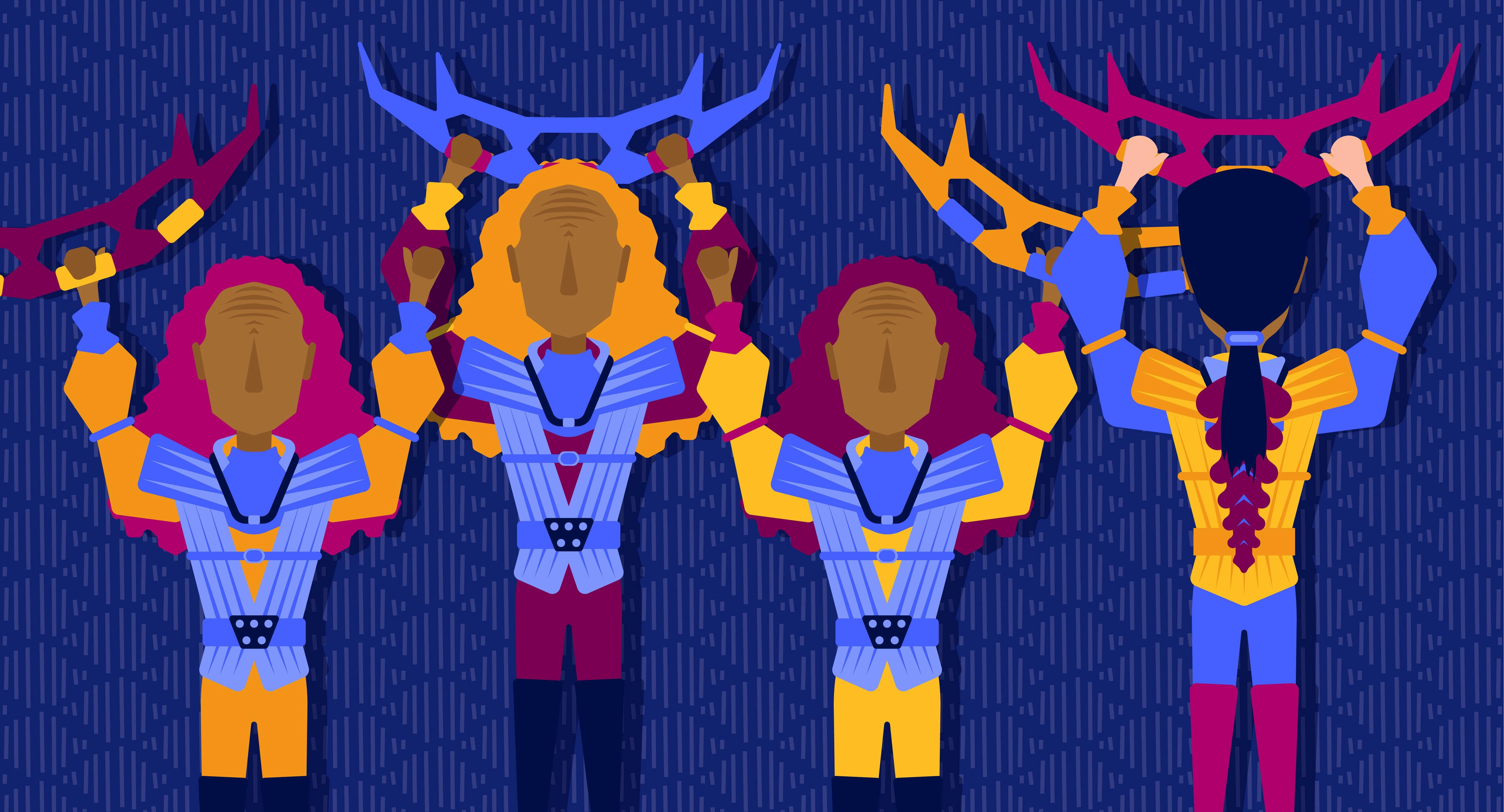
StarTrek.com / Rob DeHart
Four centuries-old space warriors storming an alien fortress, bursting through the door in a cloud of smoke, and announcing to a room full of soon-to-be corpses, “Look upon your executioners, killer of children!,” definitely makes for an exciting sci-fi action scene. But it doesn’t exactly scream “the essence of Star Trek.” Unless, that is, you’re talking about the 1993–1999 show Star Trek: Deep Space Nine, which didn’t always do things by the book.
Among other things, this fourth series in the Star Trek franchise not only changed the setting from a Starfleet ship to the eponymous Deep Space 9 space station, but also offered lessons that were dark, pessimistic, and sometimes morally questionable. Chief among them being the message in the episode “Blood Oath” — from where the “killer of children” line comes from — which says that, sometimes, killing in the name of vengeance is actually fine.
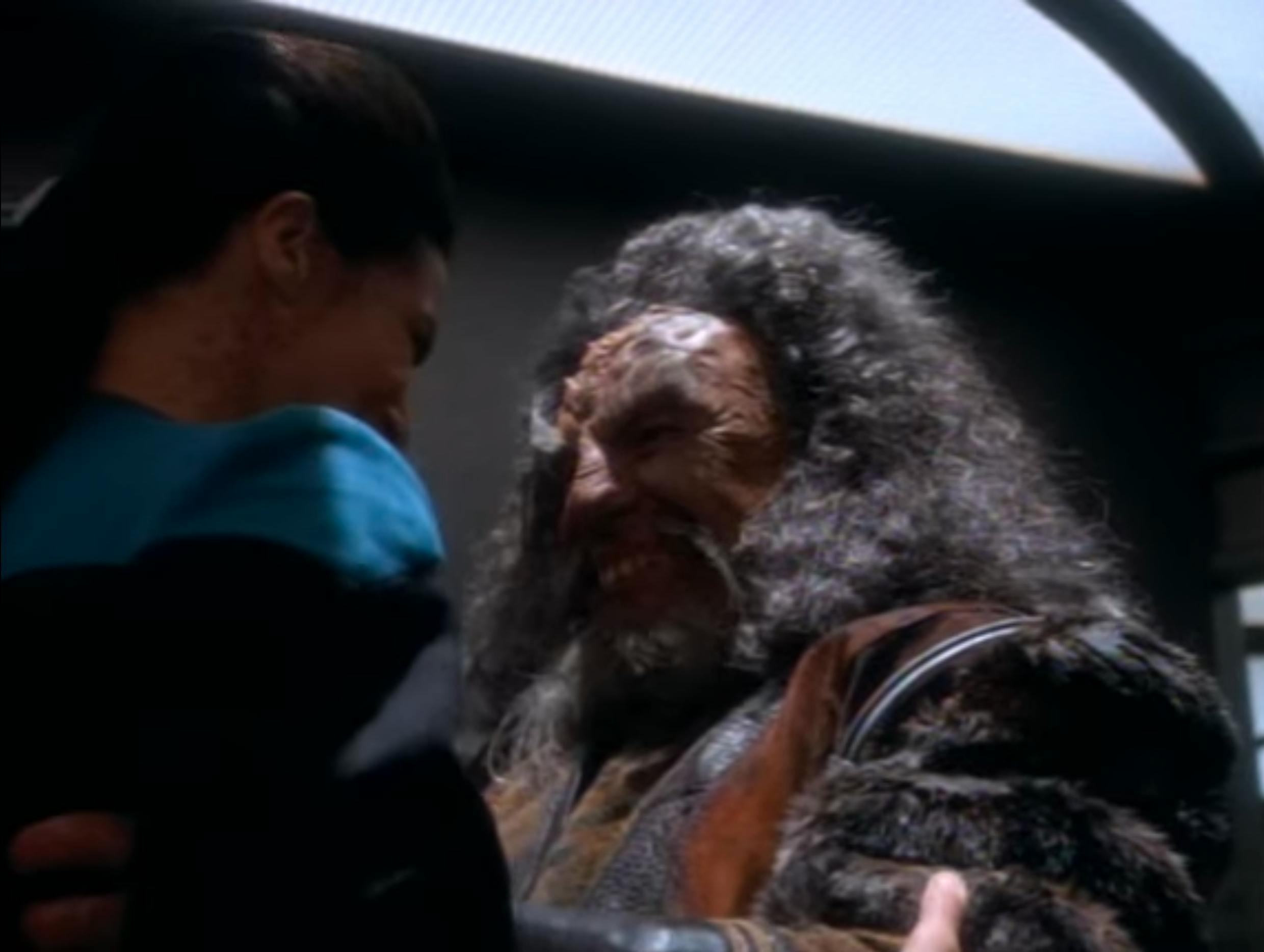
StarTrek.com
This may sound strange to those who only know about the episode from a popular Star Trek meme depicting the meeting between Kor, a Klingon master warrior, and Jadzia Dax, a Trill host to a symbiotic alien lifeform that gives her the memories of the symbiote’s past incarnations. Kor used to know the symbiote’s previous host, Curzon, and greets the Starfleet science officer by that name. When she informs Kor that she’s Jadzia now, Kor effortlessly addresses her by the correct name and recognizes her as his beloved old friend.
Over the years, the scene has become a favorite of many Star Trek fans, who see it as an allegory about coming out (be it as gay or trans) and being instantly accepted. And it is undoubtedly a beautiful scene. But it’s not exactly representative of the rest of the episode.
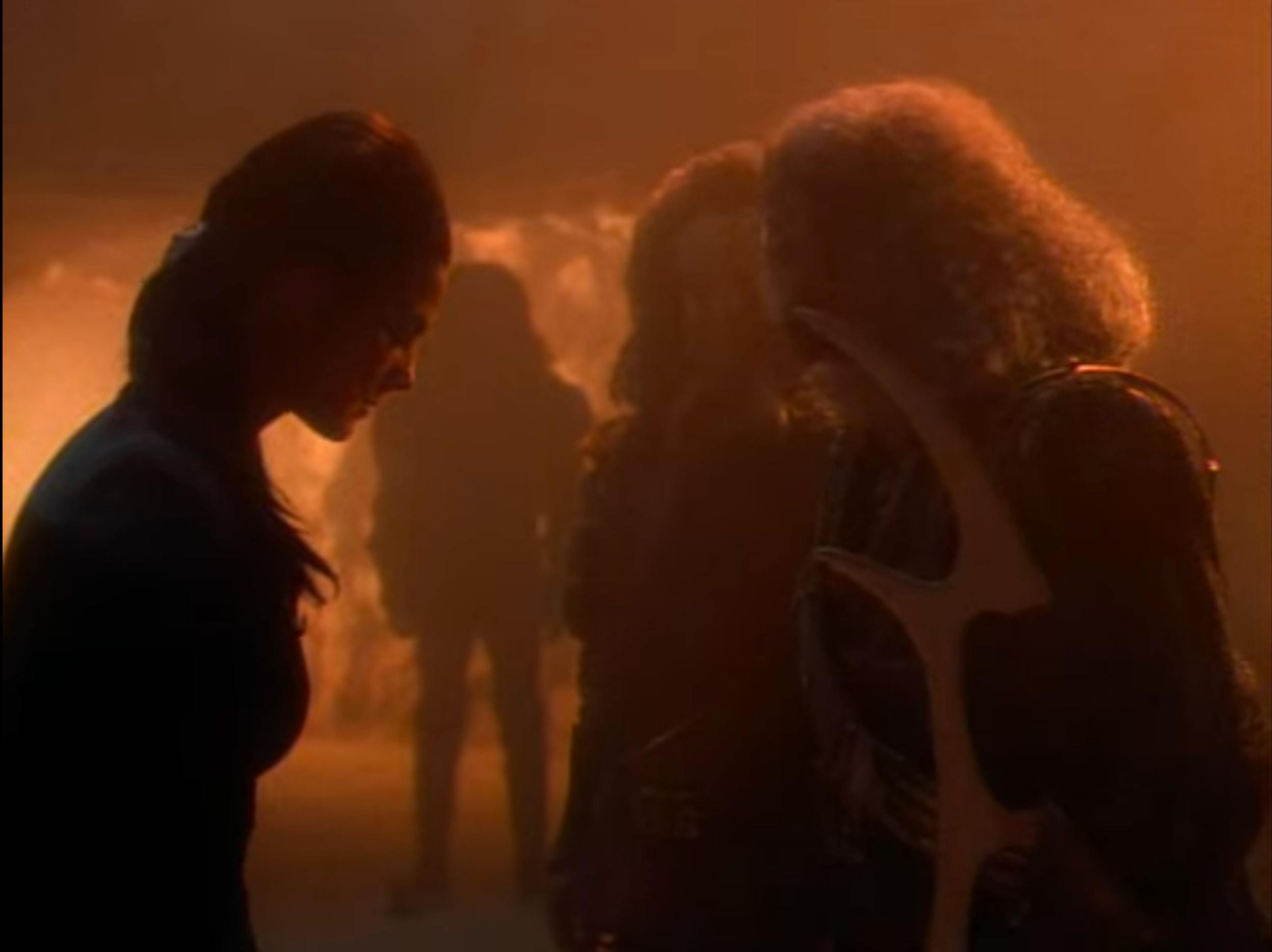
StarTrek.com
In “Blood Oath,” Kor arrives on the station alongside fellow Klingons Kang and Koloth because of “The Albino,” a ruthless pirate who killed the warriors’ firstborn sons with a genetic virus in retaliation for them destroying his criminal empire. One of the victims was Curzon’s godson, named “Dax” in his honor. Finally having found him after many years, the Klingons plan to kill The Albino, and not only does Jadzia not stop them, she joins them because of the titular blood oath that Curzon made to avenge the deaths of three innocent children.
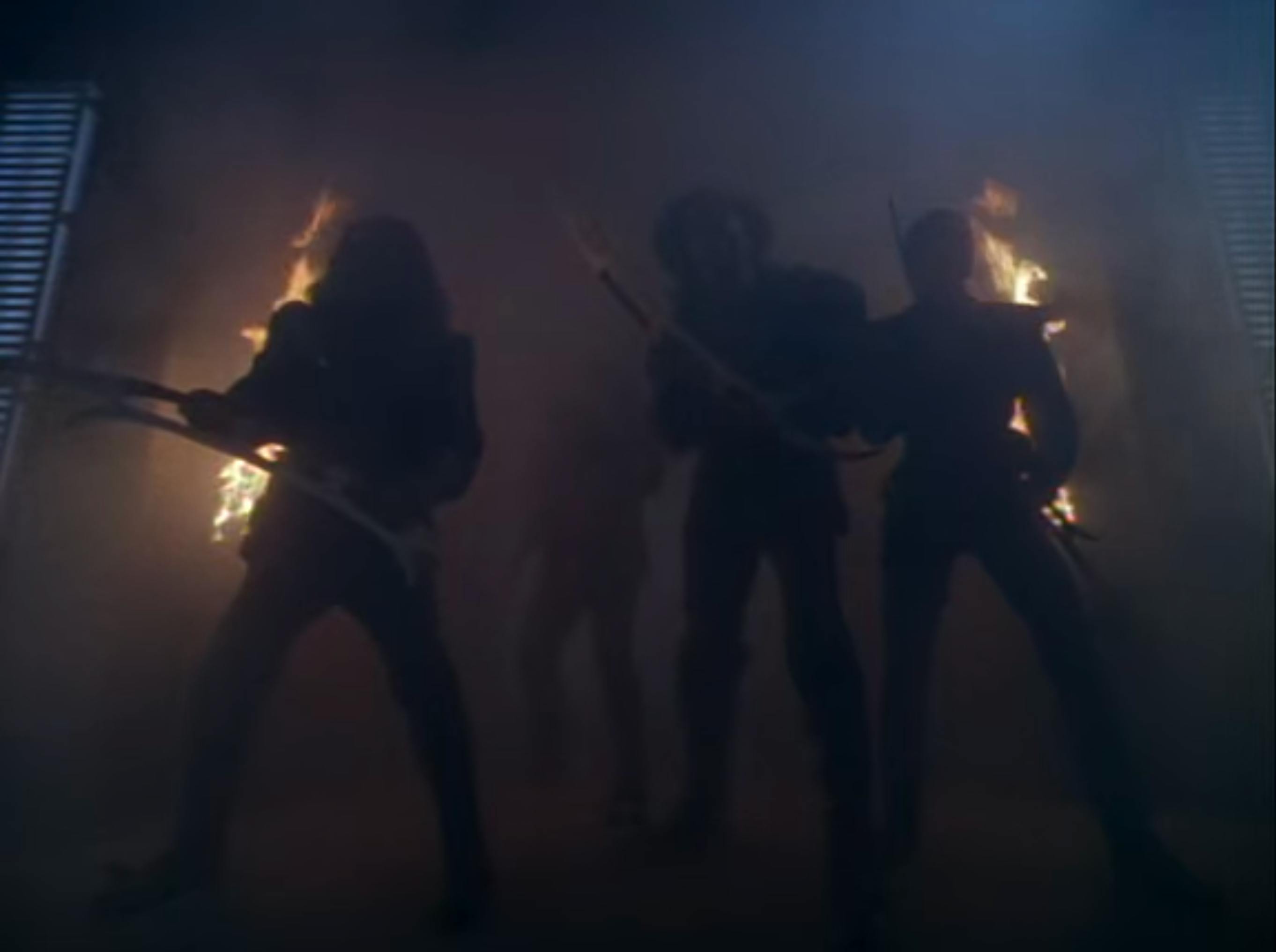
StarTrek.com
Even those only partially familiar with Star Trek may think they know how the episode ends. After the dramatic entrance to The Albino’s lair and a fight with his henchmen, one of the Klingons will try to deliver a killing blow only to be stopped by Jadzia, who will try to appeal to the warriors’ better angels and try to convince them that killing the pirate would make them just as bad as him, etc.
These sorts of stories go all the way back to 1966 and the original Star Trek series. In episode 13 of Star Trek: The Original Series, “The Conscience of the King,” Captain Kirk encounters Kodos the Executioner, who once ordered 4,000 people on the colony Tarsus IV to be put to death in order to prevent a famine following a food shortage. Kirk and one Lt. Kevin Riley were witnesses to the mass murder, but while that would give Kirk every right to want to kill Kodos, in the end, he stops Riley from executing The Executioner and tries to arrest him. Even one of the most famous Star Trek movies, The Wrath of Khan, was about the folly of vengeance and how it blackens the heart. But that’s not how “Blood Oath” plays it.
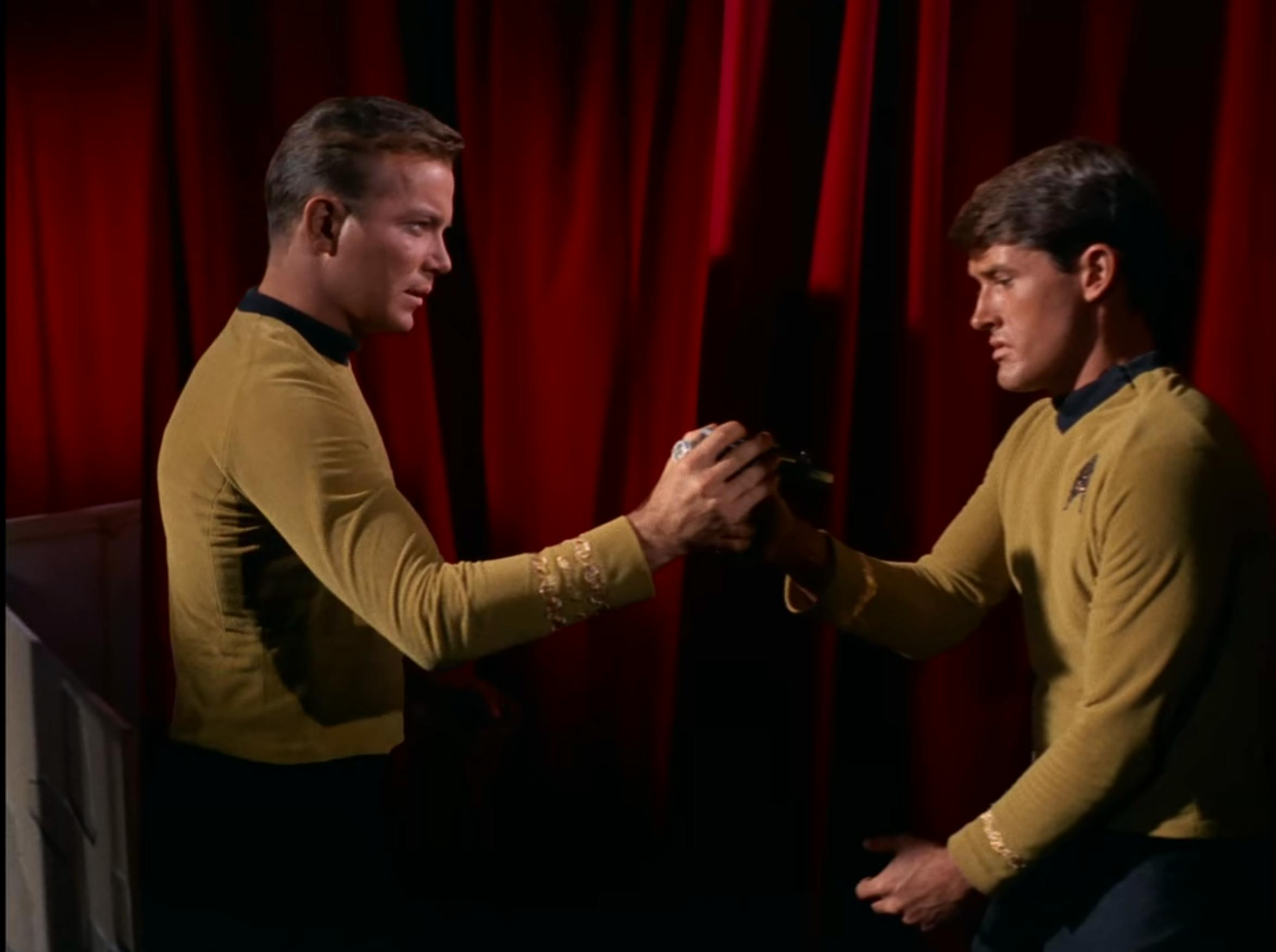
StarTrek.com
Near the end of the episode, Kang succeeds in killing The Albino before succumbing to his own wounds, with the remaining survivors of the massacre being Kor and Jadzia. And nowhere does the episode pass judgement on them. To be clear, no one on the station congratulates Jadzia on a well-executed accessory to murder or anything like that. In fact, the station’s Commander Benjamin Sisko warned Jadzia beforehand that if she went with the Klingons, there might not be a place for her on Deep Space 9 when she comes back.
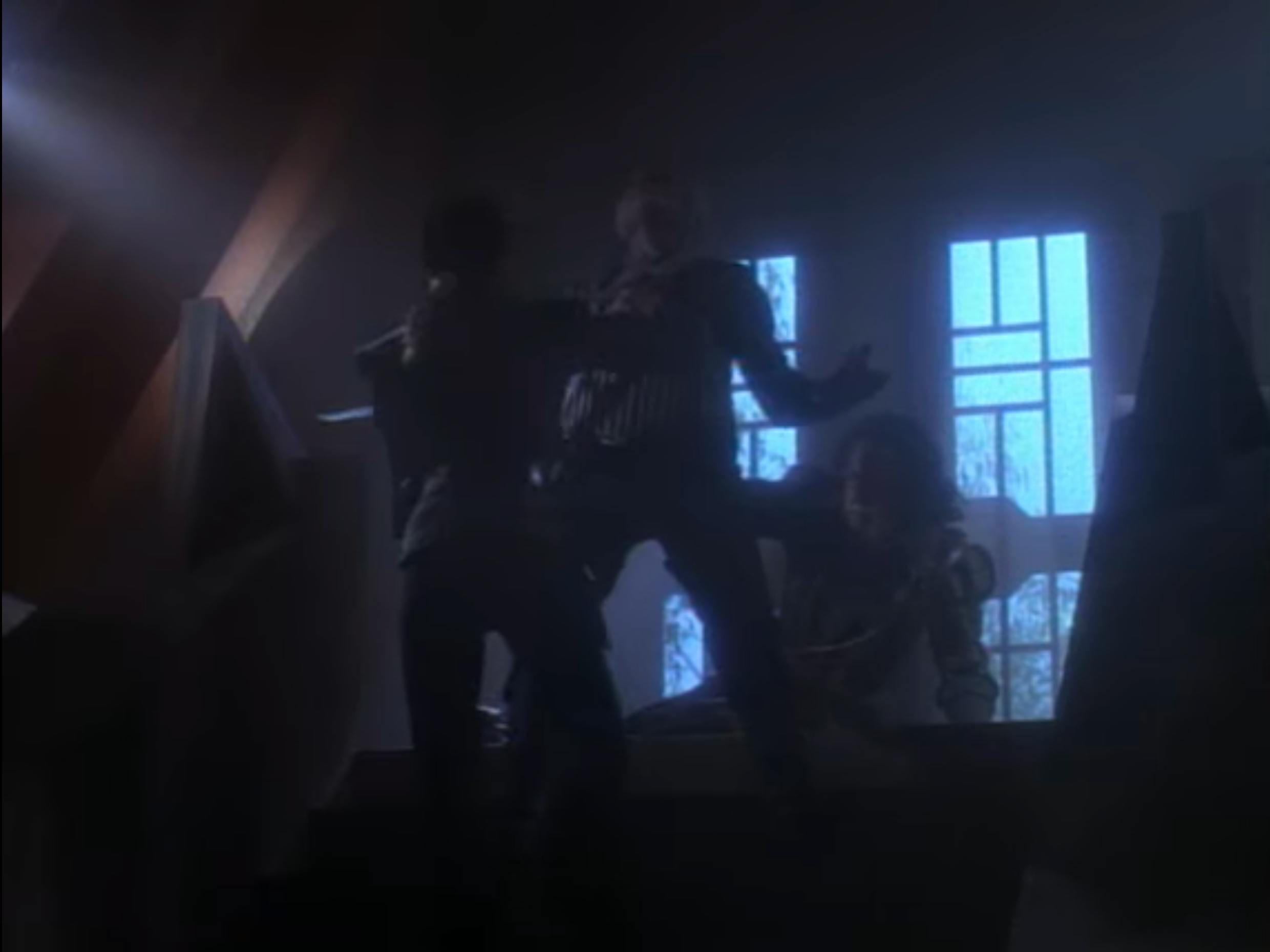
StarTrek.com
When she does return to her post following her mission, there’s some tension in the room and awkward silence, but other than that, nothing. No one brings up Jadzia helping kill a person, be it in the episode or later in the series. Because they all understand.
The Deep Space 9 station might technically be in a sector belonging to the United Federation of Planets, but it’s so out in the edge of space that regular rules no longer apply there. Earth may not have war, crime, or poverty, but those things are still issues in deep space, and it would be foolish to judge what happens there by the rules of the cozy utopia of Star Trek.
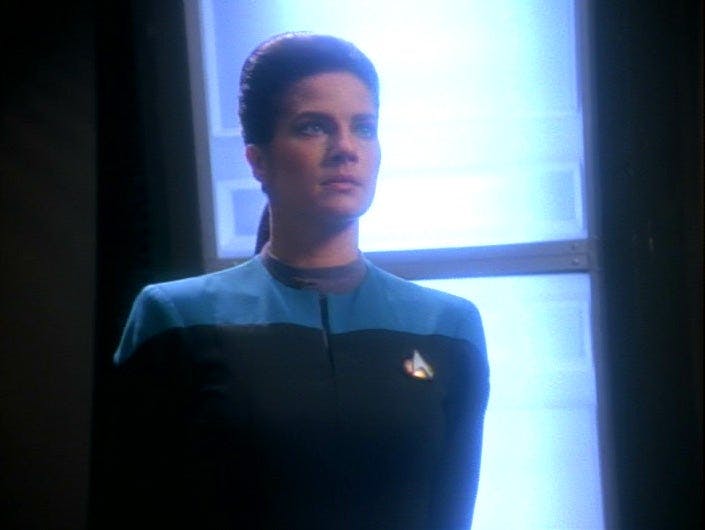
StarTrek.com
As Commander Sisko says just two episodes later, “It’s easy to be a saint in paradise.” He was referring to people living in the Demilitarized Zone between the Federation and the Cardassian Union, but it applies to all frontiers. This makes for exciting stories as there are places without the safety net of civilization. And as we’ve seen in “Blood Oath,” in that kind of setting, characters are going to be dealing with black-and-white problems that often only have morally-gray solutions, including murder. THAT is Deep Space Nine in a nutshell.
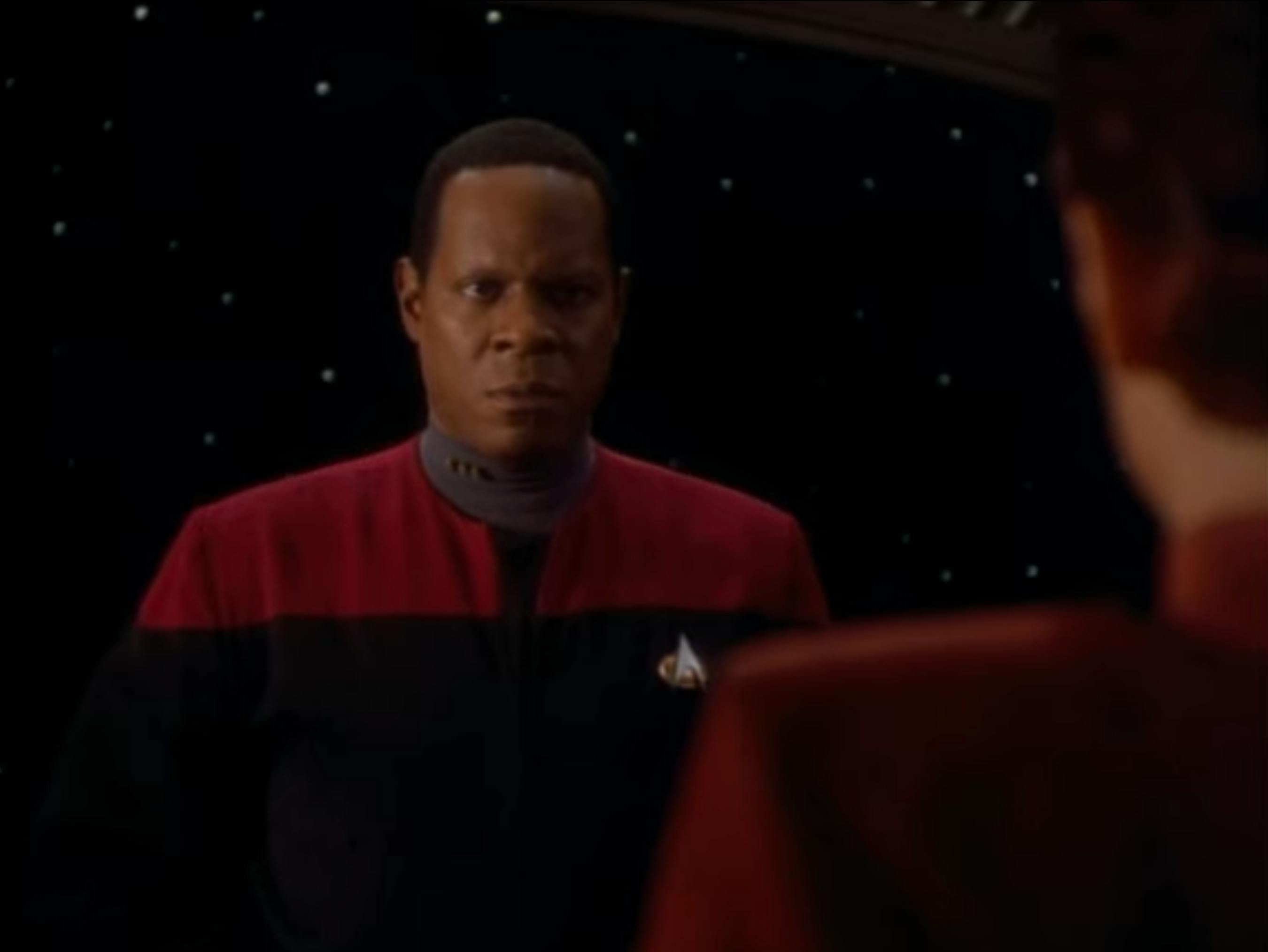
StarTrek.com
These ideas were explored in more detail in later episodes like Season 6’s “In the Pale Moonlight.” But “Blood Oath” got there first, laying down the foundation for a more cynical, complex, and challenging kind of Star Trek, and pop culture has been better for it for the past 30 years.
Cezary Jan Strusiewicz (he/him) is a freelance writer and translator based in Japan and specializing in pop culture and history.
Stay tuned to StarTrek.com for more details! And be sure to follow @StarTrek on Facebook, Twitter, and Instagram.

